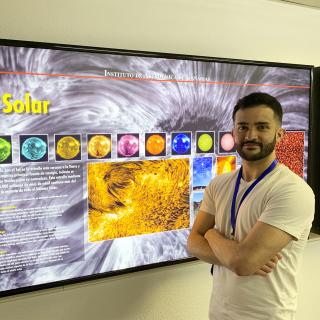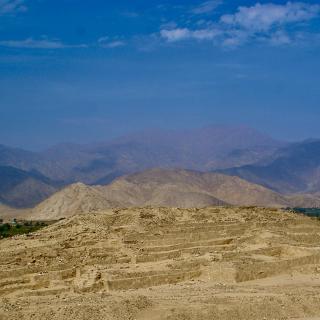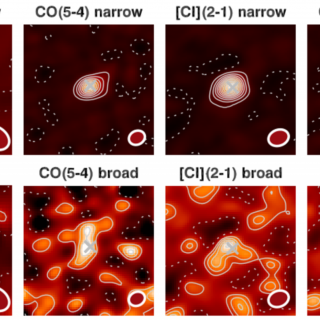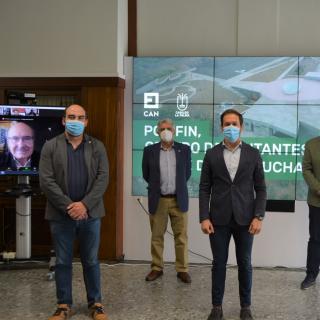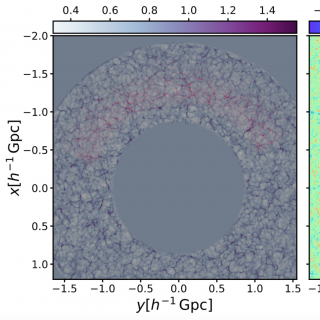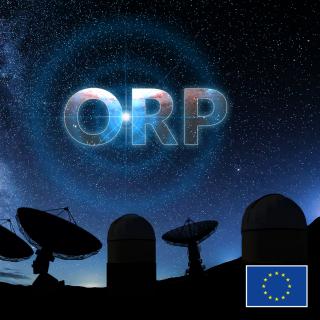The Cabildo of La Palma, the Town Council of Garafía, and the Instituto de Astrofísica de Canarias (IAC), joined via a videoconference, signed an agreement to collaborate in the management of the future tourist centre which will be devoted to the popularization of Astronomy, and of the natural and cultural heritage of the highest point on the Island of La Palma, were the Roque de los Muchachos Observatory is sited. The President of the Cabildo of La Palma, Mariano Zapata, the Mayor of Garafía, Yeray Rodríguez, and the Director of the IAC Rafael Rebolo participated in the signing. Also
